LB744. This is the codename Lamborghini has assigned to its first HPEV (High Performance Electrified Vehicle) hybrid super sports car, which will make its debut shortly in the year the company is celebrating its 60th anniversary – Lamborghini was founded in 1963.
The LB744 represents a significant step in the Italian carmaker’s ‘Direzione Cor Tauri’ strategy, which will see its model range be electrified by the end of 2024. Lamborghini’s upcoming model is the spearhead of this initiative, with the company saying its new offering outputs 30% less CO2 when compared to the Aventador Ultimae.
However, it isn’t doing so by abandoning V12 power altogether. In fact, we’re told the new car will come with a mid-mounted 6.5 litre naturally-aspirated V12 that delivers more than 1,000 PS. Dubbed the L545, the brand new V12 engine replaces the old L539 and is said to be the most powerful 12-cylinder engine the company has ever made, while also being the lightest at just 218 kg – 17 kg less than the Aventador unit.
In terms of numbers, the L545 redlines at 9,500 rpm and has put out 825 PS at 9,250 rpm as well as 725 Nm of torque at 6,750 rpm. The specific output of 128 PS per litre is also the highest in the history of the company’s 12-cylinder engines.
Unlike in the Aventador, the LB744’s V12 is rotated 180 degrees and is paired with a new in-house-developed eight-speed wet dual-clutch gearbox that is also being introduced for this setup – the transmission is mounted transversely and placed for the first time behind the combustion engine to leave space in the tunnel.
Other bits of information include an increase in the compression ratio (12.6:1 compared to 11.8:1 for the Aventador Ultimae) and re-engineered air intake ducts to increase the supply of air and ensure optimal airflow in the combustion chamber.
The combustion within the actual engine has also been optimised, while the fluid dynamics of the exhaust have been improved to reduce counter-pressure at high revs and increase the specific power output. Lamborghini also assures us of an emotive soundtrack, which is “melodious at low revs and then rising to a natural harmonious crescendo.”
The hybrid component of the powertrain comes in the form of three electric motors, with one rated at 150 PS (110 kW) and 150 Nm positioned above the transmission. This can drive the rear wheels depending on the selected drive mode and conditions via an uncoupling mechanism with a dedicated synchroniser. This electric motor also doubles as the starter motor and generator, the latter applicable for regenerative braking to charge the lithium-ion battery.
Meanwhile, the remaining two electric motors are oil-cooled axial flux units used up front, with each one rated at 150 PS (110 kW) and 350 Nm. These form part of the electric all-wheel drive system and they also provide a torque vectoring function.
The whole setup provides a total system output of 1,015 PS, which is substantially more than the 780 PS offered by the Aventador Ultimae. When in electric mode, the LB744 is front-wheel drive only to optimise energy consumption, while electric drive to the rear axle is activated on demand when needed. The front electric motors also act as the reverse gear and can be helped along by the rear electric motor if more momentum is required.
Don’t expect a lot of electric-only range though, as the battery only has an energy capacity of 3.8 kWh. The battery is comprised of pouch cells packed into a case measuring 1,550 mm long, 240 mm wide and 301 mm high, which is stuffed into the transmission tunnel – the electric all-wheel drive system means there’s no propshaft going to the front to fill that space.
Aside from energy recuperation from braking, the battery can also be charged via an AC input at a max of 7 kW, with a full charge taking just 30 minutes. As such, the LB744 is effectively the brand’s first plug-in hybrid supercar.
As for the transmission, Lamborghini says the internal structure has two distinct shafts as opposed to the usual three. One handles even-numbered gears and the other manages the odd numbers, with both engaging the same rotor. A feature of the dual-clutch gearbox is continuous downshifting, which drops down multiple gears under braking simply by holding down the left paddle.
The design is said to keep weight of the gearbox low – it tips the scales at just 193 kg – while also being compact: 560 mm long, 750 mm wide and 580 mm high. The gearbox is also lighter and faster in terms of shifting speed compared to the seven-speed double clutch unit that is used in the Huracan, and its packaging allows for a more spacious cabin interior.
Looking to sell your car? Sell it with Carro.

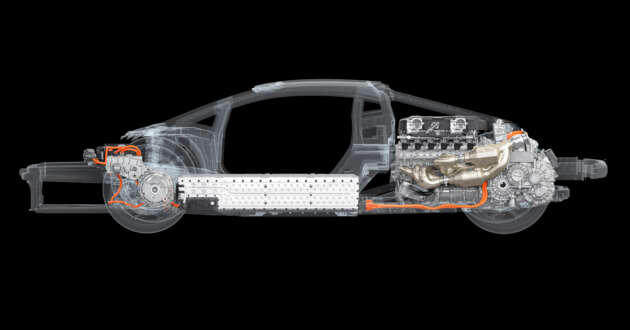
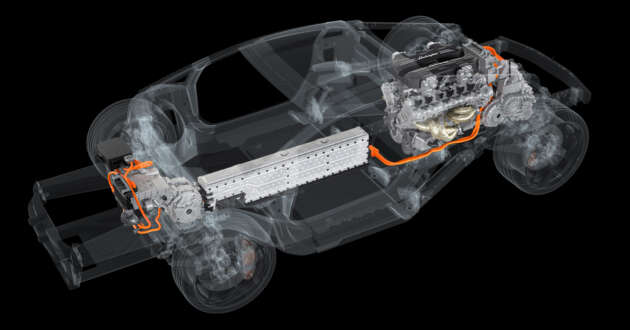




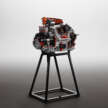



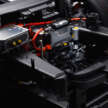
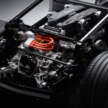
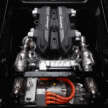
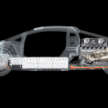
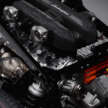
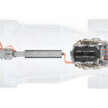
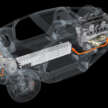



I bet there wouldnt be cult classic for this